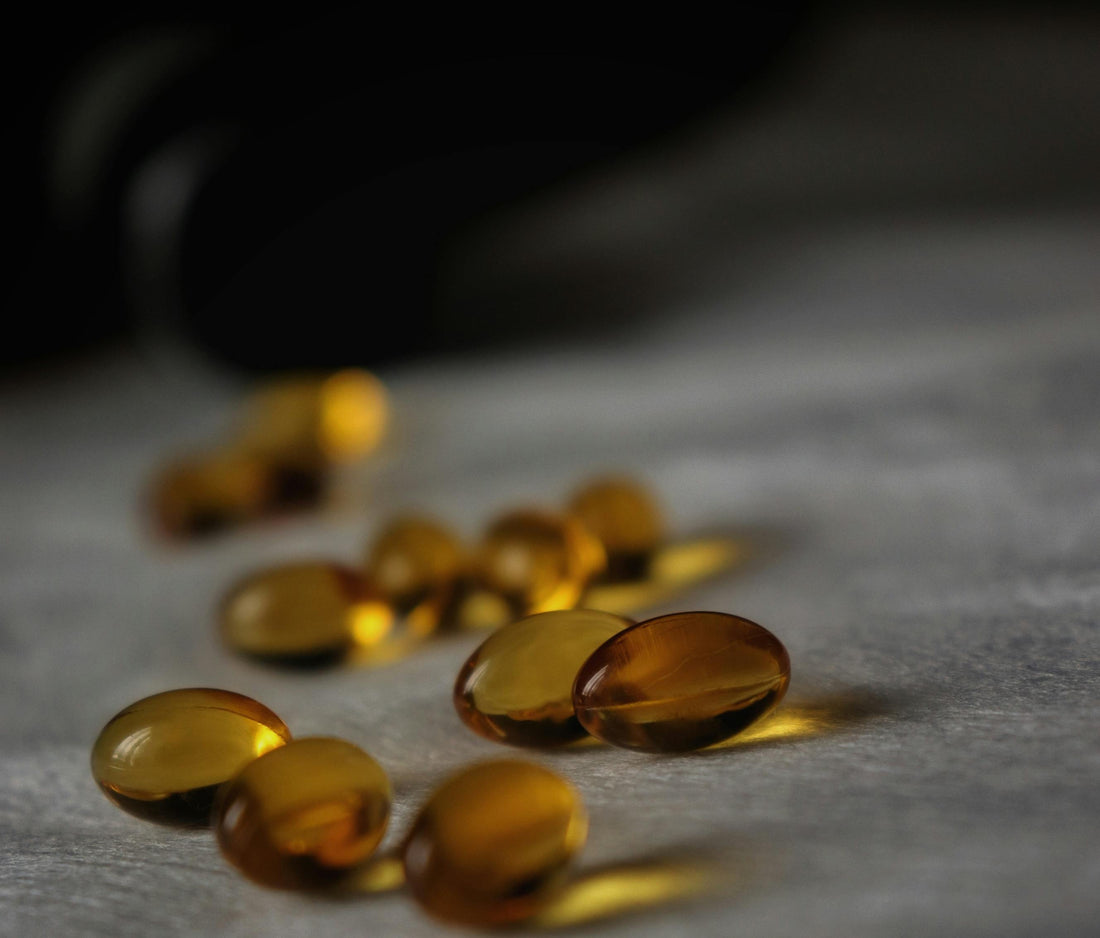
Vitamin D Supplementation in Children with Inflammatory Bowel Disease
Share
Vitamin D plays a crucial role in various bodily functions, from bone health to immune regulation. However, children with inflammatory bowel disease (IBD) are at a higher risk of vitamin D deficiency, with studies estimating that 60-70% of them have insufficient levels. Maintaining adequate vitamin D levels is important not only for bone mineral density but also for potentially reducing the risk of disease flares by modulating inflammation.
Approaches to Vitamin D Repletion
There are several strategies for correcting hypovitaminosis D in children with IBD. The most commonly used method is a weekly vitamin D supplementation regimen, where patients take 50,000 IU per week for several weeks. However, an alternative approach known as stoss therapy involves administering a single high-dose of vitamin D (ranging from 200,000 to 800,000 IU) in one sitting. This method may offer advantages, particularly for adolescents, who often struggle with medication adherence.
Effectiveness of Stoss Therapy
Recent research suggests that stoss therapy may be just as effective as weekly supplementation in increasing vitamin D levels. One study found that a single 300,000 IU dose of vitamin D3 successfully corrected deficiency in children with IBD and maintained levels near the 30 ng/mL threshold at 12 weeks. This finding aligns with previous studies in children with chronic conditions such as cystic fibrosis and kidney disease, where stoss therapy was both safe and effective.
- The mean vitamin D levels at 4 weeks were nearly identical between the stoss and weekly therapy groups (both around 54 ng/mL), staying well below toxicity levels (>150 ng/mL).
- By week 12, vitamin D levels had started to decline, which is expected given the 28-day half-life of vitamin D in the bloodstream.
Although this study used a lower dose (300,000 IU) than some previous trials that administered up to 800,000 IU, it was chosen to minimize the risk of hypercalcemia, which has been reported in younger children receiving higher doses.
Advantages of Stoss Therapy
One of the biggest benefits of stoss therapy is that it reduces the treatment burden on patients. Many adolescents with IBD struggle with taking medications consistently, and adherence rates for daily or weekly vitamin D supplements can be as low as 7%. With stoss therapy, a single high-dose eliminates the need for ongoing supplementation, making it a more convenient option for those who have difficulty sticking to a regimen.
Patients in the study also expressed a strong preference for stoss therapy over the weekly regimen, highlighting its potential for improving adherence in real-world settings.
Safety Considerations
There are some theoretical concerns regarding stoss therapy, such as the risk of:
- Hypercalcemia (high blood calcium levels)
- Hypoparathyroidism (reduced parathyroid function)
- Kidney stones
However, research has consistently shown that stoss therapy is safe in children, with no reported cases of hypercalcemia or other adverse effects. In this study, patients also reported no symptoms of vitamin D toxicity, such as gastrointestinal or musculoskeletal issues.
Conclusion
Stoss therapy with a single 300,000 IU dose of vitamin D3 is a safe and effective method for correcting vitamin D deficiency in children with IBD. While it does not necessarily maintain optimal levels beyond 12 weeks, it presents a viable alternative for patients who struggle with medication adherence. Given its ease of use and patient preference, stoss therapy could be considered as an option for children and adolescents with IBD who need vitamin D supplementation. However, further long-term studies are required to determine optimal dosing and clinical outcomes.
